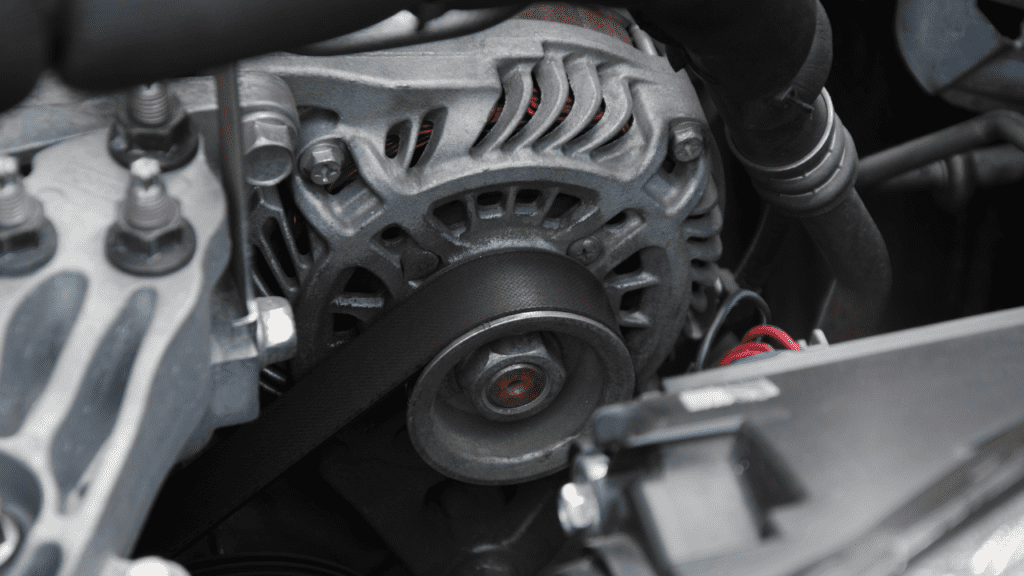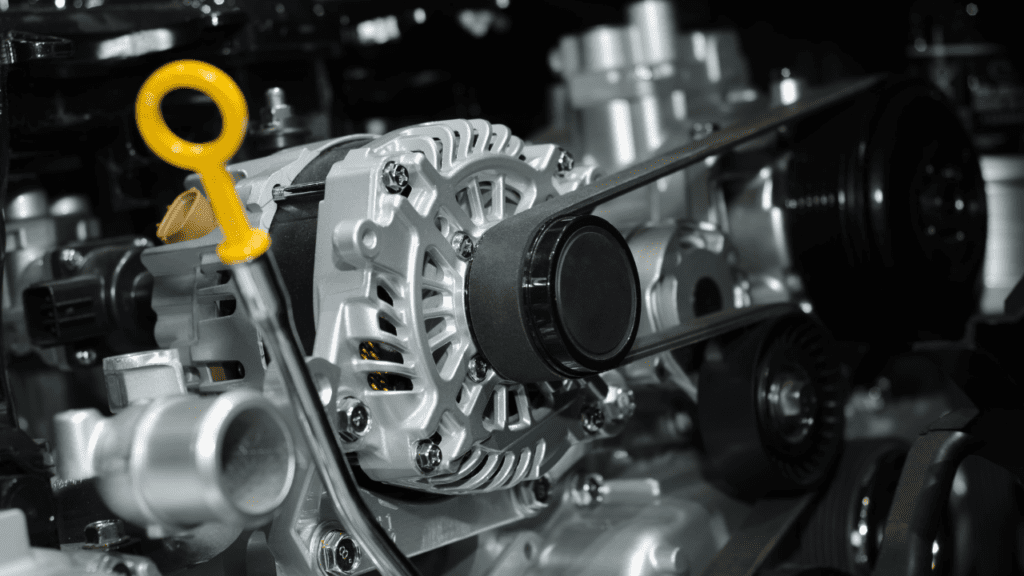
How to test a generator without a multimeter
Content
In 2022 and beyond, we see that electronic components are in dire need of cars in order to working properly. One of them is an alternator, and not everyone knows exactly what it is and how it works.
When problems arise with him, how then are they solved? A multimeter turns out to be a useful tool, but even it may not belong to you or everyone.
This article solves your problem as it tells you what an alternator is and shows you many methods for diagnosing it. without using a multimeteryou can use it all for trading. Let's start.
What is a generator
The alternator is the component in your vehicle that produces alternating current (AC). It converts chemical energy (fuel) into electrical energy and powers every electronic component in your vehicle.
You might be wondering what the battery is for if the alternator does that.
The battery only helps start the car. As soon as the car starts, the alternator takes over and powers all of your car's electronic components, including the headlights, air conditioning system and speakers. It even keeps the battery charged.
If the alternator is faulty, then, as you would expect, your car's electronic system will definitely fail. From this, the importance of the alternator becomes apparent.
A multimeter is one of the best tools for checking the health of your alternator. However, it may not be available to you at any time.
For example, if you find yourself in a quandary, how do you diagnose your alternator?
Symptoms of a failed generator
The following phenomena indicate a malfunction of the generator.
- Dim, unusually bright or flickering headlights
- Unsuccessful or difficult engine start
- Faulty accessories (car components that use electricity)
- The battery indicator lights up on the dashboard
How to test a generator without a multimeter
To test the oscillator without a multimeter, you can see if it makes a squealing sound, check if there is a surge-the running car stops working after disconnecting the connecting cables or disconnecting the negative terminal of the battery while the engine is running.
There is more to these and many other methods.
- Battery test
Before you fully suspect the alternator and dive into it, it's important to note that the problem could be with the battery. This is especially important if it is old or the main problem is that your car won't start.
In this case, you need to check the connections between the battery and the alternator. Loose or corroded connections at the battery terminals can interfere with the functional flow of electrical current.
If the battery is good but the car won't start or shows the symptoms mentioned above, the alternator may be faulty. In addition, there are other ways to check for a malfunctioning alternator using a battery.
First, if the battery continues to discharge, then the alternator is suspect.
Another way to check is to start the car and disconnect the negative battery terminal. You must take extra care when doing this, and if the alternator is faulty, the engine will stall when the terminal is disconnected.
- Quick start method
This is a way to take the battery out of the picture and only work with the generator.
When you start a car without a battery and with a good alternator, it is expected to continue running even if you remove the jumper cables.
With a faulty alternator, the car immediately stalls.

- Listen to the squeal of the generator
When the engine is idling, you listen for sounds from under the hood of the car and try to pick up the squeal coming from the alternator. This may indicate a weakening of the V-ribbed belt.

- Magnetic test
The rotor and stator of an alternator create an electromagnetic field during operation. There are cold and hot test methods for this, and you will need a metal tool such as a screwdriver to perform the test.
- Cold Test: This is where you turn the engine ignition to the "On" position without starting the car and use a metal tool to touch the alternator. If it sticks, there is no problem, but if not, then the alternator may be faulty.
- Hot test: Here you keep the engine running and idling between 600 and 1000 rpm. You then use your tool to check if there is any magnetic pull from the alternator.
If it's not clear, this video paints a vivid picture.
- Voltmeter test
If your car has a voltage sensor, you simply rev the engine up and see if the sensor oscillates slightly. If it does not work or shows a low value when your engine accelerates to 2000 rpm, the alternator may be faulty.
- Radio test
Your radio can also be used to perform a simple alternator test. What you do is turn it on, tune the radio to the lowest volume and frequency, and listen carefully.
If you hear a humming sound, your alternator may be faulty.
- Accessories test
"Accessories" refers to the components in your vehicle that use electronic emery or power to operate. These include your speakers, windshields, air conditioning system, interior lighting, and radio, among others.
If some of these accessories are faulty, your alternator may be the culprit.
Repair of a faulty generator
Applying patches to your generator is not that hard since you can do it yourself. All you need is a serpentine belt diagram, along with repair information specific to your vehicle, to use as a guide.
Luckily, they can be easily found online.
Regardless, shipping your device to an auto repair shop puts it in the hands of professionals and is inexpensive.
F.A.Q.
How to test a generator without a multimeter?
Without a multimeter, you can see if the car stalls after jump starting or disconnecting battery cables, listen for strange alternator sounds, or check for faulty accessories.
How to check the generator manually?
To test the alternator manually, you test the device's terminals with a multimeter, or see if the engine stays on after disconnecting the negative battery cable.
What is the easiest way to check the generator?
The easiest way to test the generator is to use a voltmeter. You set the DCV of the voltmeter above 15, connect the black lead to the negative terminal and the red lead to the positive terminal, and check the reading at around 12.6.
How can I check if my alternator is faulty?
Running tests through your battery turns out to be the right way to check for alternator failure. You either change the battery and connections to good ones, disconnect the negative terminal while the engine is running, or see if the battery continues to die even if it is good.

